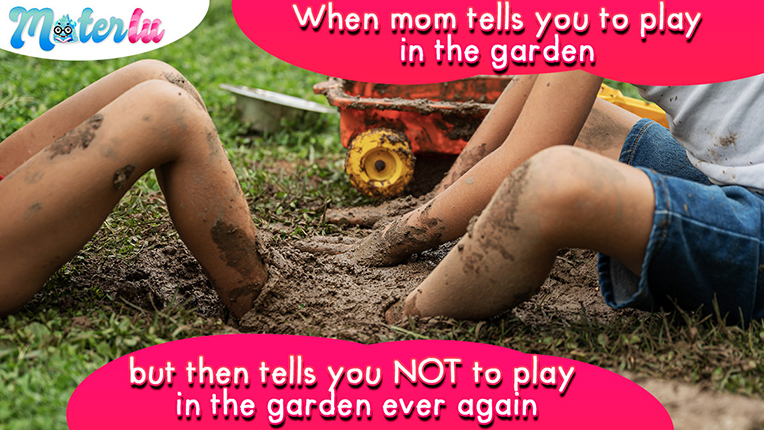Reading is done with various intentions, such as study, entertainment or as a way of obtaining information. Depending on the intention, different types of texts are used: reference books, encyclopaedias, fiction books, newspapers and magazines, among others.
The Importance of Reading
In most societies, literacy education is transmitted through formal and institutionalised instruction carried out by the school system; one learns to read in the fullest sense of the term and interacts with a text in order to obtain adequate information, according to the objectives that guide reading.
Reading is also a powerful learning tool; through reading, it is possible to learn any subject and develop higher cognitive skills, such as reflection, criticism and awareness of thought processes – one’s own and those of others.
In literate societies, academic or professional success is directly related to quality of reading, which is the gateway to written culture and everything related to it: individual autonomy, socialisation, knowledge, information and so on.
Undoubtedly, the degree of difficulty of reading a text is related to the reader’s abilities, more specifically with regards to the following aspects:
- Age and degree of knowledge of language and its use
- Mastery over a domain of reading strategies
- Motivation and interest
- Knowledge about the reading topic
- Clarity regarding the purposes of reading
Types of Reading
Selective Reading
A text can be read in many ways. Sometimes it is read simply to locate something that is of particular interest to the reader. This is what one does, for example, when looking for specific information in a newspaper or when one wants to find a particular passage in a novel. In these cases, selective reading is carried out; that is, in addition to reading, one is searching the text for what interests the reader.
Superficial Reading
Other times, reading is limited to glancing over the text without delving into it. This is what one does when reading news headlines or flipping through a book to see what it is about. In such cases, a superficial reading is carried out, whose function is to give the reader an idea of the content of the text.
Careful Reading
Most often, we read to assimilate the content of a text: a novel, a newspaper, a book, etc. In this case, one usually reads carefully in order to fully understand the ideas and take in the details of what is explained or told in the text.
In-Depth Reading
On other occasions, books are read with the aim of learning something about a particular subject or theme. In these cases, one does an in-depth reading in which the ideas are analysed and synthesised in such a way as to retain all the information that seems the most important and substantial.
The Ability to Read
It should be noted, however, that depending on the level of difficulty of the reading, other types of tasks and responses are also required. Language experts and educators, for example, consider it less difficult to locate information in a text, such as a textual quotation or an expression with synonymous value.
Similarly, they consider activities that require relations and comparisons to be drawn between different blocks of implicit information in order to make complex inferences to be of high difficulty. There are textual elements that determine the degree of difficulty of reading. The set of aspects of a text which defines the degree of accessibility to the reader is called readability.
Tips for a Good Reading
To get the most out of a reading, it is advisable that before, during and after reading, the reader asks some questions of the text.
Before starting to read, it is necessary to think about some questions, for example: What will be read? What is the text about? How long is it? Why might it be interesting?
Reading is a permanent dialogue between the person who writes the text, its author, and the person who reads it. While the author speaks through their text, the reader can do so by asking the text and themselves questions to better understand what the author meant by their words.
Later on, during the reading, other questions will also be necessary, such as: What does the author mean here? What does this sentence mean? Why did this happen? What will happen now?
After reading, it is important to continue asking questions about the text that was read, such as: What was the main subject of the text? Can you remember the most important details well? What did you learn from the text? What do you think of it?
The Ideal Reader
It is true that this reader is different from most readers; however, it should be recognised that when it comes to selecting content, planning a project, choosing a collection etc., a certain ideal is constructed which, to a greater or lesser extent, may correspond to a certain group that is able to read all types of texts competently.
